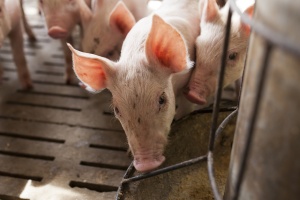Everything you need to know about GMO labeling in 2020
You may recall, in 2017 the government passed a national Genetically Modified Foods (GMO) labeling law to have one uniform standard for labeling GMOs, also referred to as BE (bioengineered).
Congress passed the National Bioengineered Food Disclosure Standard in 2016. This required the United States Department of Agriculture (USDA) to establish a labeling standard for GM food. These requirements were originally set to take effect by July 2018. But the USDA extended the implementation two years after a public comment period. On December 20, the USDA released the official law, which they will implement at the beginning of 2020 and require food companies to comply by January 1, 2022. You can read the entire current proposal here.
What does GMO labeling mean for you?
In the near future, you’ll start to see GMO/BE foods labeled in a variety of ways. While companies aren’t required to use the GMO label until January 1, 2022, you might start seeing the new labels sooner. Many companies have already started labeling their products and support this national labeling standard. The rule states, “bioengineered food … shall not be treated as safer than, or not as safe as, a non-bioengineered counterpart.” That’s because research has proven that bioengineered foods are safe. These new food labels are simply informative for the consumer, not indicative of safety or nutrition.
What will GMO labels look like?
Once put into law, you will see three different labeling methods:
- Text on food packaging (example: Partially produced with genetic engineering)
- A symbol that represents bioengineering
- An electronic or digital link that can be scanned
Pictured here are the symbols the USDA will require for GMO labeling:

Smaller food manufacturers with limited resources may also choose to label their GM foods using a telephone number that can provide additional information or an internet URL.
The law requires labeling only on bioengineered foods intended for human consumption that contain more than five percent GMO ingredients. Instances where GMOs do not have to be labeled include:
- Foods derived from animals, such as eggs, meat and milk
- Refined ingredients like oils and sugars
- Food served in a restaurant
- Foods manufactured and sold by very small manufacturers (local shops, etc.)
- Any non-food products
While GMO labeling may be changing, the safety of our food isn’t. Just as before, food labels should guide to make the right choice for you and your family – not scare you into making a more expensive purchase. Farmers, parents and experts have shared their thoughts on GMOs and making the best choice for their family. Read their perspectives here.










Nancy T. yanez said:
Posted on at 04:04